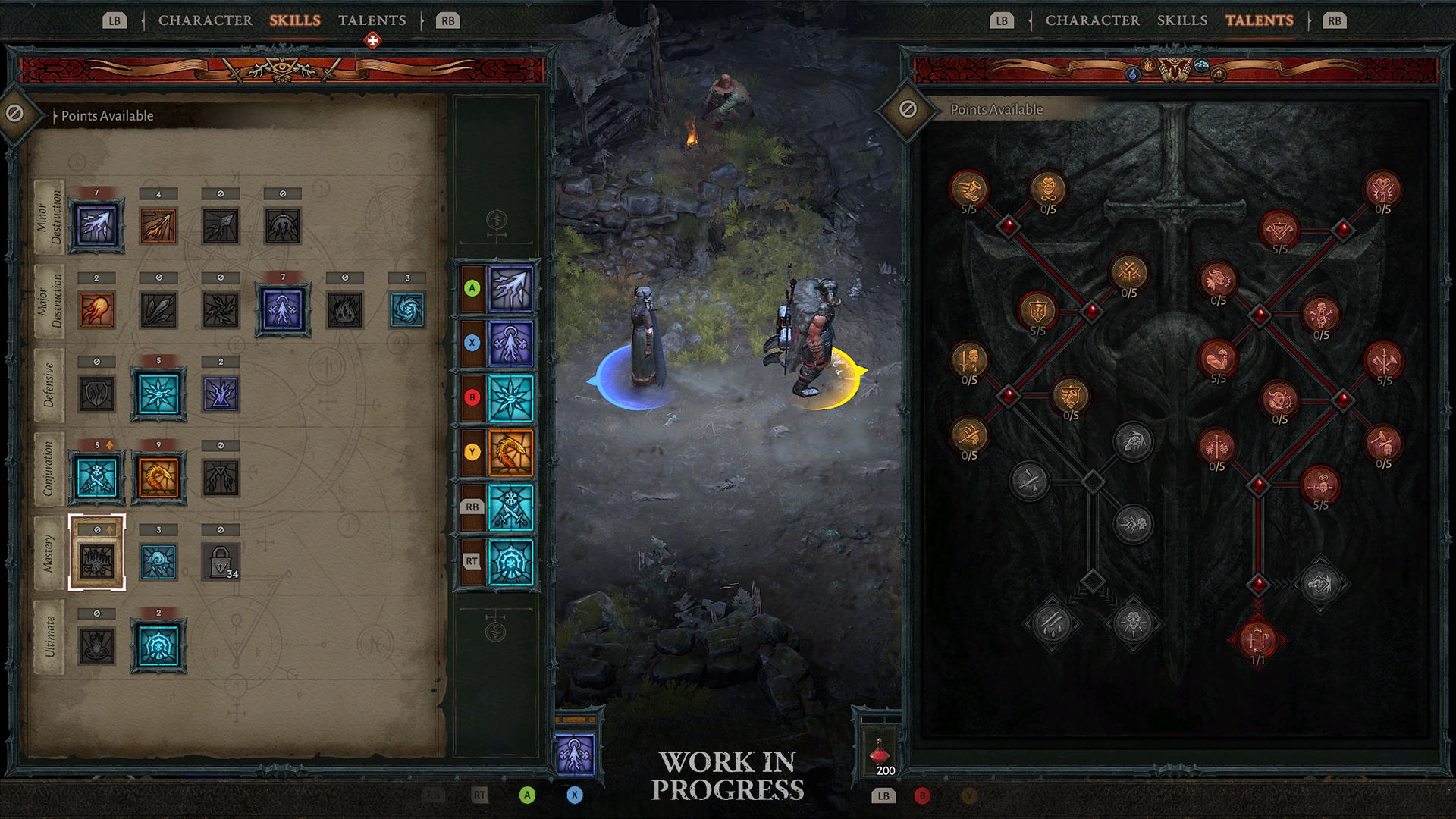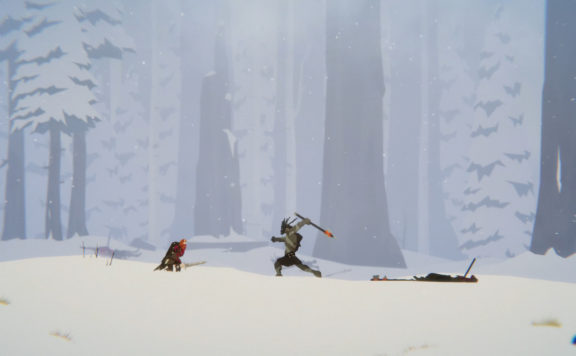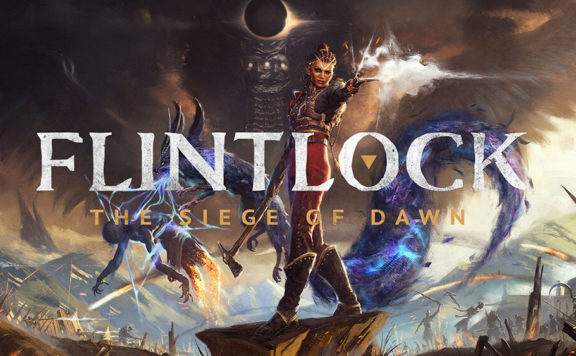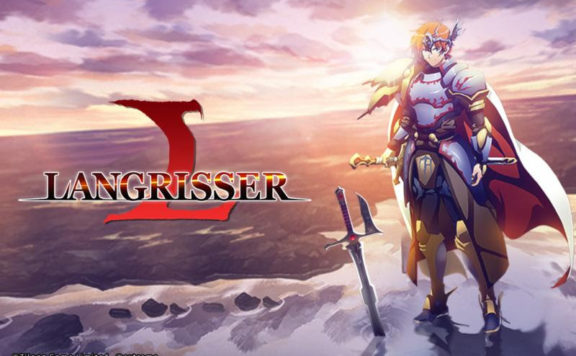Diablo IV is still a long way from release but Blizzard continues sharing the game updates with the community. Following the blog posts dedicated to the itemization and system design, the developers have announced that a report on the game’s progress will be presented on the official site quarterly. The first quarterly update by Luis Barriga, Angela Del Priore and Candace Thomas is available on the site for anyone who wishes to give it a look over:
We hope you enjoy both of these updates. We’re looking forward to your thoughts and comments on them, and please also let us know the sorts of things you’d like to hear about next. We realize many of you are curious about different aspects of the development process—some of you love reading and re-reading lore, while others of you may geek out over item tooltips or want to hear some early music tracks. So be sure to tell us what excites you most! Our goal for these updates is to cover a wide variety of subjects and, over the course of development, share something exciting for everyone.
Once again, we want to thank you all for sharing in this journey with us.
See you in Hell.
The team spent a long time talking about UI design, inventory and item icons as well as the art direction and aesthetics of the game. An unexpected but welcome new addition for Diablo IV will be an option to rebind the primary skill to anything but the left mouse button to separate movement from attacking. In addition to giving players the freedom to assign any skill to any slot from the get-go, all skill slots can now have their keys rebound. The team is committed to supporting skill rebinding for controllers as well.

We know many players enjoyed couch co-op in Reaper of Souls, and that the biggest complaint was the inability to do anything while one local player had a UI screen open. When the topic of couch co-op came up early on in development, we looked at the number of people who utilized this feature in Diablo III and found that the 2-player setup accounted for an overwhelming majority. For Diablo IV, we decided to focus on improving the favored 2-player co-op experience and set up our core progression UI screens such that they can be opened independently or at the same time.

In addition to the UI updates, Blizzard has also re-introduced the concept of the Monster Family originally brought up during BlizzCon 2019 and gave players a look into The Cannibals family. When it comes to monsters, Diablo 3 split the bestiary into broad categories such as demon, wildlife, humanoid and more. In Diablo IV the developers felt it was necessary to represent Sanctuary as a living and breathing character, with the monsters playing an important role in that.
Every monster has been reimagined, but in a darker, more gritty art style. The team handcrafted every creature you’ll encounter from the ground up: that includes demons, NPCs, Act Bosses, and even the skittering critters you can crush underfoot. To have these creatures feel more sophisticated and robust, the team designed them in “monster families” and archetypes. Each family has a different combat style and feel. For example, the Drowned family has five members in various archetypes: bruiser, ranged combat, melee combat, swarmer, and dungeon boss.
Each archetype plays a different role in combat. Swarmers strike in groups, making AoE attacks feel satisfying. Bruisers are larger monsters with high health values, which will make damage over time abilities feel good. Melee combat units act as shields by standing in the way of projectiles for their ranged counterparts. Situations like this provide the player with interesting positional dilemmas if they want to focus fire on ranged units. When adding all of this together, each encounter with the Drowned will be slightly different with regards to player positioning and choice of attack. These rich and varied combat experiences are the power of a monster family.

The Cannibal family has four members. They each have their own unique weapon and a significantly different silhouette or stance to help differentiate them from one another. There are two standard melee combatants: one wielding a two-handed greatsword cleaver, which delivers a slow, sweeping frontal attack; and the other using a lightweight halberd which allows them to leap at players from a great distance and crash down with a devastating attack.
By design, the Cannibal family has no ranged units. Instead, they spring at the player with supernatural swiftness. Some may close the gap by leaping over obstacles and would-be competitors, while others will swiftly and deftly maneuver through other monsters to get first blood. This provides a very different experience and gives the player less time to make thoughtful positioning decisions, thus making combat with these flesh-eaters feel frenetic.






